Finland is known for its beautiful natural scenery, high standard of living, and some of the happiest people. But for those considering moving to Finland, the 20 largest cities in Finland can offer very different things, from the industries you can find work in to the cost of living.
In this article, I offer a glimpse into what it’s like to live in each city, from the bustling capital city of Helsinki to the picturesque town of Porvoo.
Whether you’re a professional coming to work in Finland, a student, or someone interested in building a life in Finland – with a family or without one – there is a city here that best matches your needs.
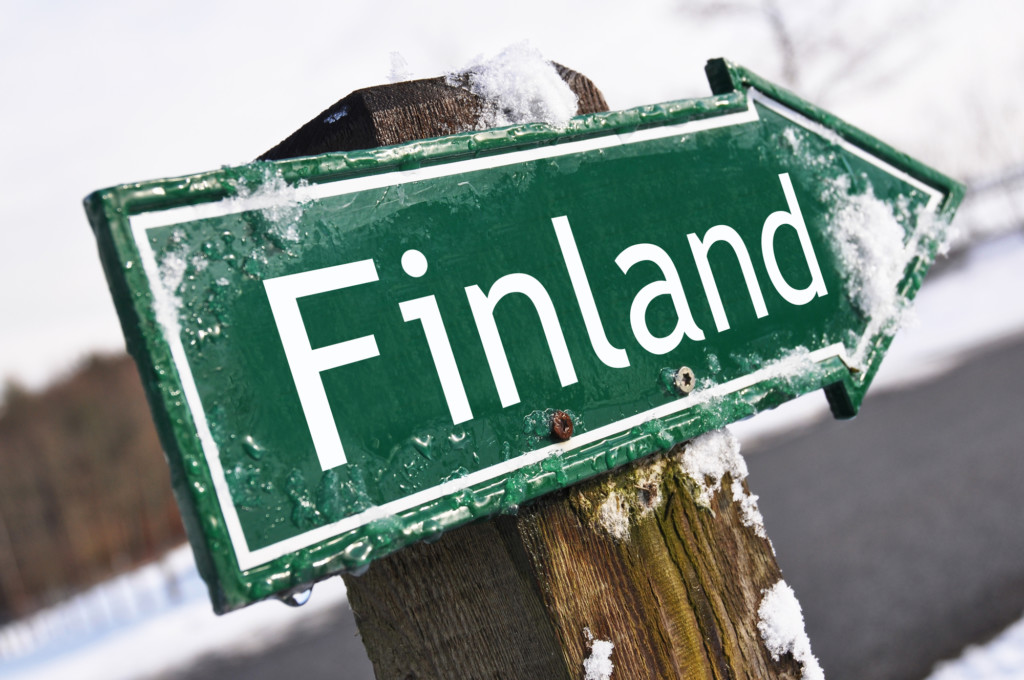
Table of Contents
What is it like to live in Finland?
Let’s start by summarising what all these cities have in common.
All of the 20 biggest cities in Finland have a good public transport system and working infrastructure. Finland generally offers an excellent standard of living with quality healthcare and education systems. Still, the tax rate and cost of living in big cities can be relatively high.
The more surprising benefits include that nature is always close to your front door. Even if you decide to move to the capital, there are opportunities to explore the outdoors and experience the best parts of different seasons, from long summer nights to snow in the winter.
Larger cities have sports facilities and teams, including an ice rink for ice hockey and skating, indoor pools, indoor courts for basketball, volleyball, and floorball, and pitches for football or, in some cases, even American football.
Daycare and education for children are cheap and readily available. You will find many playgrounds and activities for children in any of the larger cities.
Now that you know a little about living in Finland, let’s look at each of the 20 largest cities.
1. Helsinki
As the capital, Helsinki is also the largest city in Finland. It is located in the southern part of the country on the shore of the Gulf of Finland. Residents can access the coastline, islands nearby, and even beaches in the summer. You will also be able to dip into a heated pool at Kauppatori year-round.
The city is known for its beautiful architecture, including many Art Nouveau and Jugend buildings. It is home to many of Finland’s universities and has a vibrant student population.
There are live music venues, clubs, and larger venues for stadium-style concerts. You will also find the opera, national theatre, and ballet and the museums that form the Finnish National Gallery.
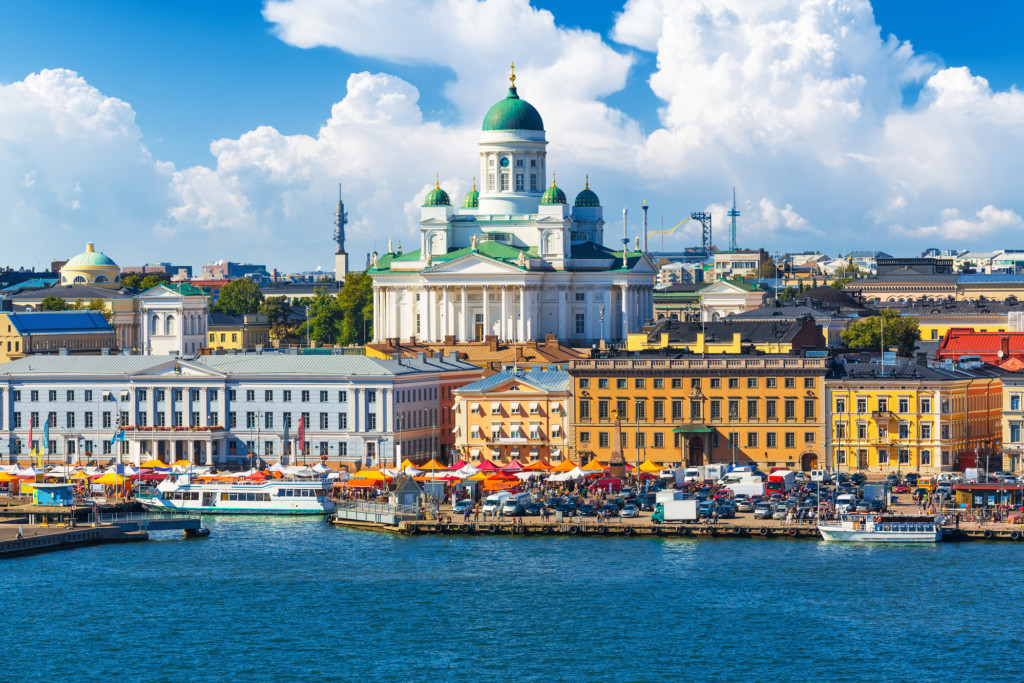
On the downside, the cost of living in Helsinki is higher than in other parts of the country, and the rental market can be competitive. Some cities surrounding Helsinki, especially Espoo and Vantaa, can offer more for your money with easy commutes into the capital.
Helsinki is home to many company headquarters, startups, and technology companies. The capital area is also part of initiatives focusing on future healthcare solutions, intelligent cities, and renewing industry.
2. Espoo
Espoo is located just west of the capital and forms part of the greater Helsinki metropolitan area. It is connected to the capital with good transport links, including a subway line (called metro).
One of the main draws of Espoo is its proximity to nature, including Nuuksio National Park, a popular spot for hiking, biking, and skiing.
Living in Espoo can offer lovely coastline views and a bit more space compared to the capital, but those perks also come with a price tag in this location. The city offers a good balance of urban and natural amenities close to the capital.
Espoo is home to Aalto University, which focuses on technology, science, arts, and business. This is one of the reasons why Espoo has a reputation as a hub for innovation and technology and has been the home of several startups and technology companies, including Nokia.
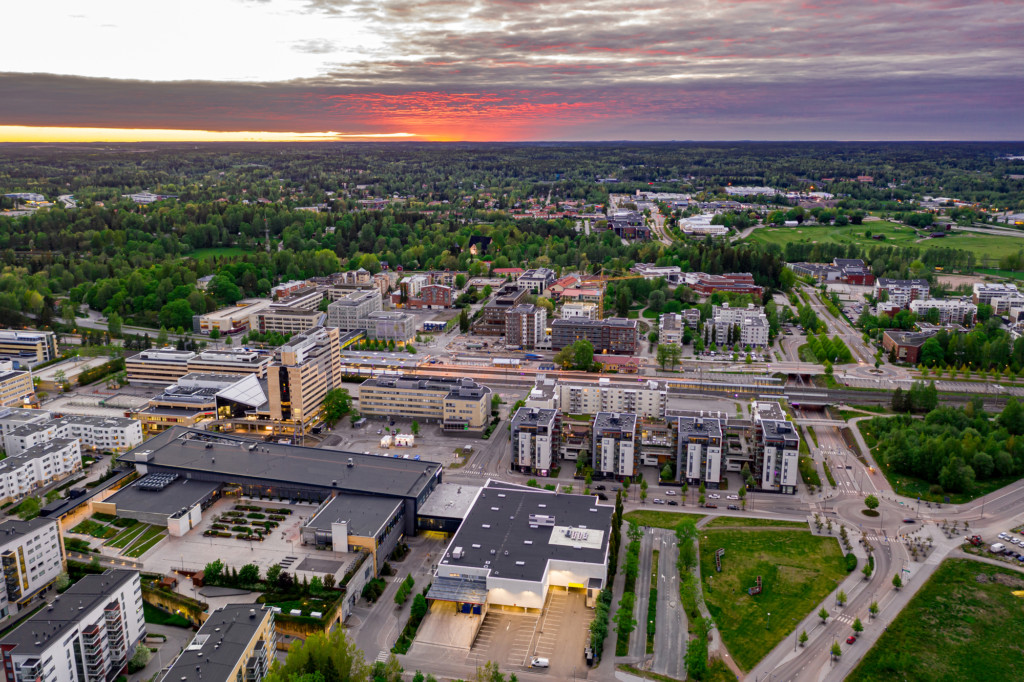
3. Tampere
Tampere has become increasingly popular in the past few years, and the housing market can be competitive. The city has a new event space, Nokia Arena, for culture and sports events, including the Ice Hockey World Championship in 2022 and a brand new tram system.
You can still see Tampere’s history of heavy industry and manufacturing when you look at the red brick buildings in the city center. The buildings have been redeveloped but have kept their character. Surrounded by two lakes and a river running through the city, Tampere offers access to beautiful countryside and plenty of outdoor activities.
If you are looking for culture, this city is known for its rich cultural scene. It has several theatres and plenty of concerts throughout the year. Tampere theater festival takes place in the summer and is the oldest theater festival in the Nordic countries.
Tampere is a university city and part of the intelligent cities and renewing industry initiatives aiming to develop innovations that can solve challenges in modern cities.

4. Vantaa
Vantaa is another city that forms part of the greater Helsinki metropolitan area. It is home to the Helsinki-Vantaa airport and other good transport links. The city consists of several suburban regions, with Tikkurila as the administrative center.
Each smaller area has its services and character. Because services available reach from one of the biggest mall and entertainment venues in Finland (Jumbo and Flamingo) to smaller areas having only a supermarket and essential services, moving here means you should research the local area you are moving to more closely.
From Tikkurila, you can commute to Helsinki in 15 minutes by train. Vantaa can be the perfect compromise between more affordable living and working in the metropolitan area. Future plans include a tram that connects a main train station to the airport.

5. Oulu
Oulu, sometimes thought of as the capital of Northern Finland, is located in the Northern Ostrobothnia region and is known for technology and innovation as well as for its university. The city is also part of the future healthcare initiative and partnering with other cities on the intelligent cities and renewing industry programs. All this means Oulu has excellent transport links to the rest of the country.
Residents can enjoy a beach on the lakeside in the summer and northern lights in the autumn and winter. The nature in the region is unique, and the arctic circle is less than 200 km away. Living in Oulu gives a unique experience of Finland’s dark winters when the sky lights up with aurora borealis and the summers when the sun never sets during the night.
As the region’s center, Oulu hosts several cultural events throughout the year, like the Air Guitar World Championships.
If you plan to move with your family, Oulu has one of the nine schools offering basic education entirely in English. The cost of living is also lower than in many other big cities, and you can get twice the square footage for your money, according to Business Oulu’s website.
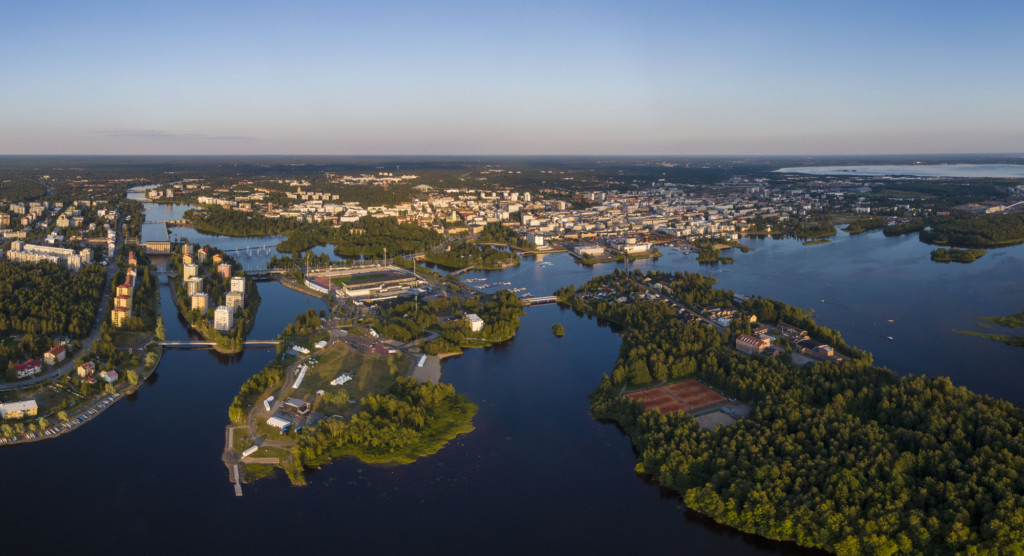
6. Turku
A former capital of Finland, Turku is located in the southwestern part of Finland, on the shore of the Archipelago Sea, with a network of small islands to explore nearby. River Aura runs through the city center. Turku has gained popularity with those escaping the rising cost of living in Helsinki.
Turku is a lively university city with small cafes, restaurants, and old wooden buildings lining the riverside. In the summer, the city hosts some of Finland’s most popular music festivals, including Ruisrock, Down by the laituri, and Turku music festival. Turku castle dates back to the medieval period, and the city has plenty of history and culture to explore.
Just off the main city center, in Kupittaa, you will find the Science Park, home to over 300 biotechnology and technology companies. Turku also participates in the future of healthcare initiative and intelligent cities and renewing industry programs.
The cost of living in Turku is relatively low compared to some of the bigger cities, and it is easy to get around, even by bike. The city is also home to Turku International School and one of Finland’s two Swedish-language universities.

7. Jyväskylä
Jyväskylä is another city with a vibrant student population in Central Finland surrounded by numerous lakes. It became one of Finland’s fastest-growing cities during the 20th century.
The city hosts Rally Finland, part of the World Championship, and an annual arts festival. You can see works of architect Alvar Aalto around Jyväskylä, and he once described its landscapes as similar to Toscana in Italy: “The slope of Jyväskylä ridge is almost like the mountain vineyards of Fiesole.”
While there are no vineyards, you will find easy access to forest and lake landscapes that have earned the region its name, Finnish Lakeland. The cost of living is lower than in bigger cities. Professionals in IT and biotechnology should note Jyväskylä is the national center for cyber security and takes part in a bioeconomy initiative.
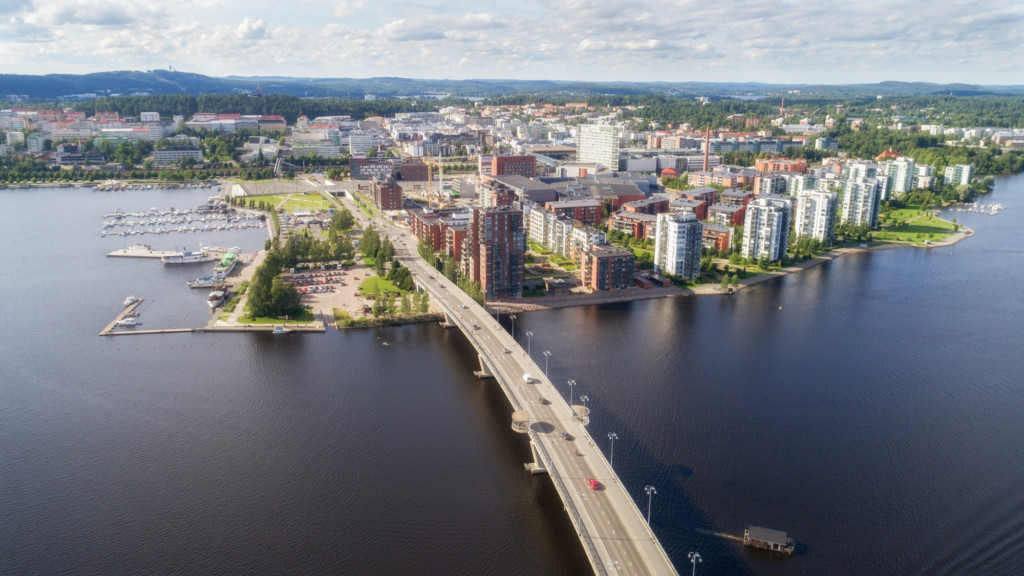
8. Kuopio
Located in the Northern Savonia region of Finland, Kuopio is known for its beautiful lakes. It is one of the cultural and economic hubs in Easter Finland. If you are considering moving to Finland, it is worth noting the city’s residents were found to be the happiest among those in the 20 largest cities in 2017.
As the city is located on the shore of lake Kallavesi, there are plenty of opportunities for swimming, fishing, and other outdoor activities in the summer. You will even find a sandy beach and a couple of golf courses. Kuopio dance festival takes over the city in June. And why not try cross-country skiing and other winter sports in the winter?
The cost of living in Kuopio is relatively low compared to some other Finnish cities, but the city area is 2nd most densely populated. The city is surrounded by numerous lakes, forests, and countryside, with many farms producing milk and beef. Kuopio is also part of the future of healthcare initiative.
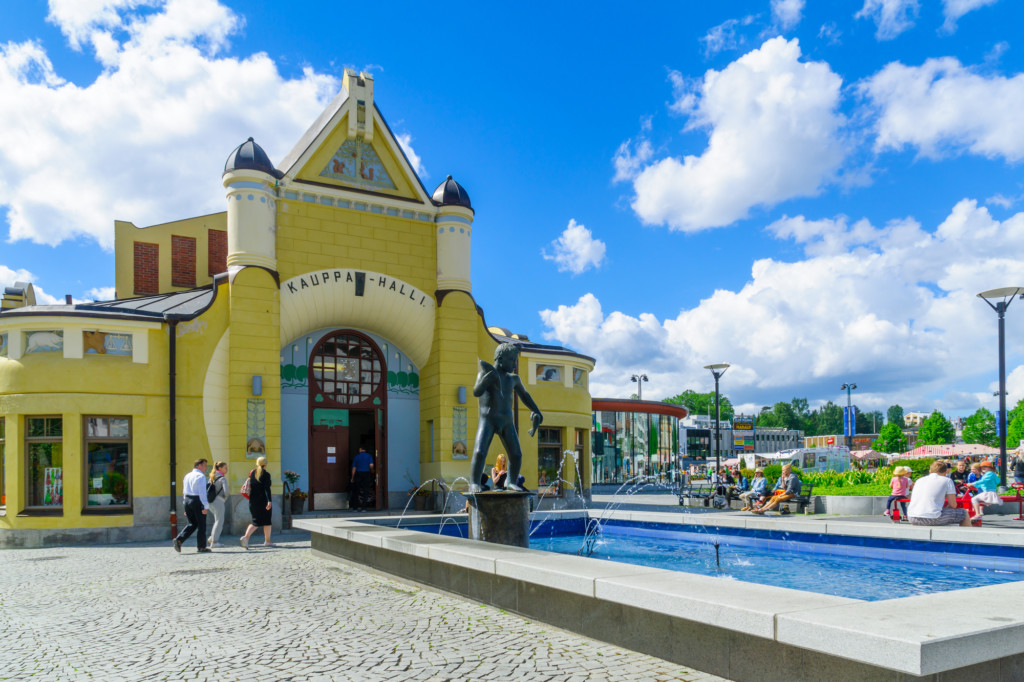
9. Lahti
Lahti is located in the Päijät-Häme region of Finland on the shore of lake Vesijärvi, only around 100 km away from Helsinki and with good train connections to the capital. Close by, you can explore the UNESCO global geopark of Salpausselkä.
The large complex at Lahti sports center offers all kinds of sports facilities and is home to one of the best-known ski jump towers in Finland. Several international sporting events are held yearly, including as part of the FIS cross-country World Cup and the FIS Ski Jumping World Cup.
The city is also home to the internationally acclaimed Lahti Symphony Orchestra. The cultural scene is active with musicals and plays at Lahti City Theater and most local rock and pop artists stopping by throughout the year.
Lahti has become an important economic hub and is taking part in the intelligent cities and renewing industry initiatives. The cost of living is lower than in the capital area.
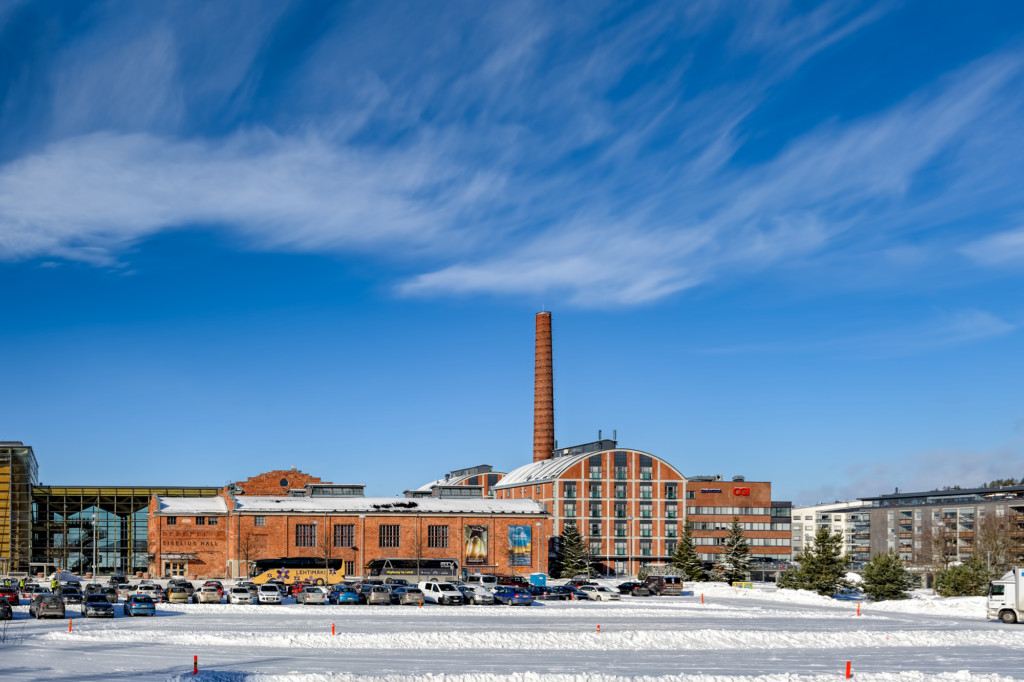
10. Pori
Pori is known for its proximity to the sea and beautiful archipelago. In the summer, locals enjoy some of the longest sandy beaches in Finland at Yyteri. Some locals say two months of the year are good for surfing as long as you stay warm. The nearby island of Kirjurinluoto is an excellent location for jogging and spending time.
In 2021, 4% of those living in Pori were foreign nationals. The number of people in the city can be more than 10 times more in the summer months than during the winter. One of the year’s highlights here is the very popular Pori Jazz festival, which draws big crowds every summer.
Pori is also part of the initiative for developing sustainable energy solutions. As long as you are not looking for a temporary place to stay during the main events in the summer, living costs are relatively low too.

11. Kouvola
Located in Kymenlaakso along the Kymijoki river, Kouvola is around 135 km northeast of Helsinki. Only half of the population in the region lives in the city, and the rest of the area has over 450 lakes and is home to the Repovesi national park.
One of the area’s main draws is its proximity to nature and outdoor activities, which may explain why so many live outside the city. Kouvola received controversial publicity after coming last when residents voted for the best cities to live in. It also has some of the lowest costs of living in Finland, especially when it comes to rents.
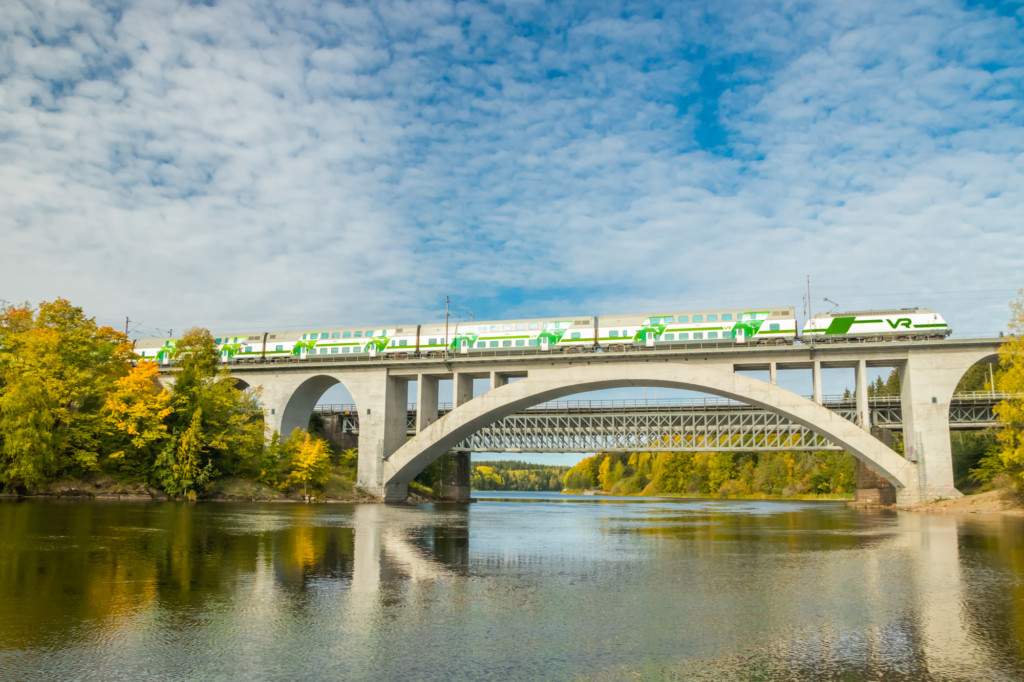
12. Joensuu
Another one of the major hubs in Eastern Finland, Joensuu, is located in the region of North Karelia. It is on the shore of lake Pyhäselkä and is the home of one of the subsidiaries of the University of Eastern Finland. The river Pielisjoki runs through Joensuu, which in Finnish means “river’s mouth” and the area has a canal.
Joensuu has a lively cultural scene. One of the most significant events in the summer is the Ilosaarirock music festival, which brings other events to the city, including the Finnish graffiti championship.
Joensuu science park houses a hub of technology and innovation companies, and the city is taking part in the initiatives to develop Finland’s bioeconomy. The cost of living is relatively low, and there have been articles discussing how even students can find affordable accommodation in the city center.
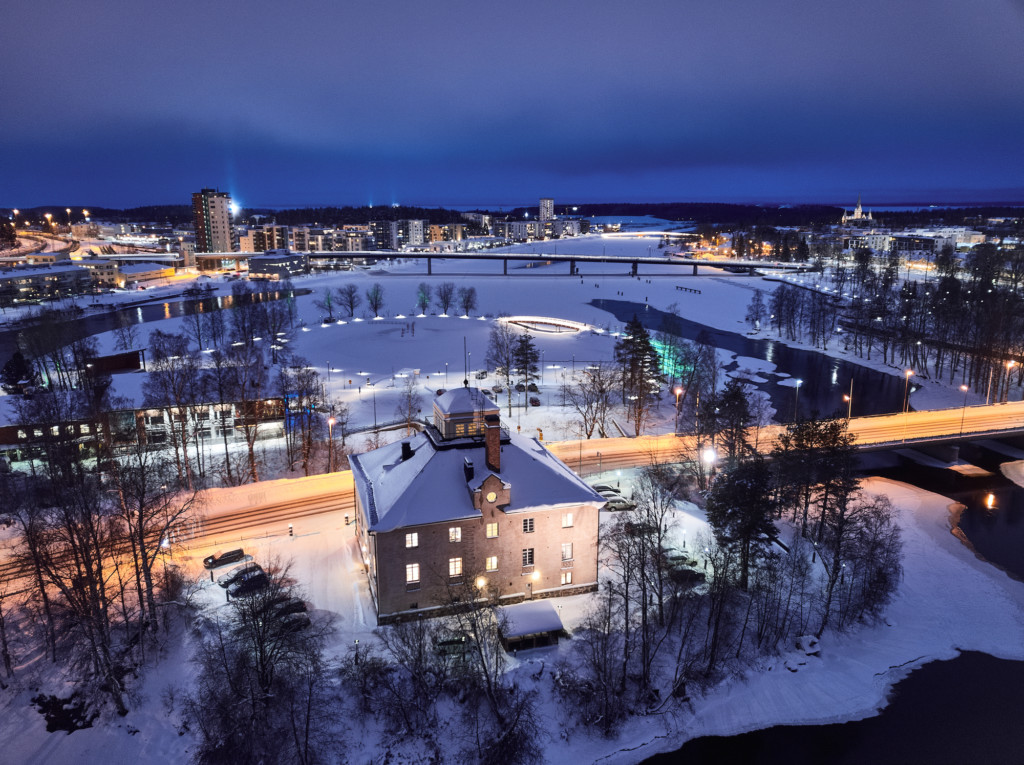
13. Lappeenranta
Lappeenranta in South Karelia is known for its beautiful lakeside scenery next to the vast Saimaa, Europe’s 4th largest lake. It is a popular tourist city in the summer and a university city with a large student population, with 6000 students studying at one of the campuses. Because of this, Lappeenranta is also a technology and innovation hub.
The cost of living in Lappeenranta is relatively low compared to other Finnish cities. The city is involved in developing sustainable energy solutions, and 12% of the workforce is employed in the environmental and cleantech sectors.

14. Hämeenlinna
Located in the Tavastia Proper, Hämeenlinna is on the shore of lake Vanajavesi, where you can enjoy a boat trip to Tampere through the waterways.
One of the main attractions around the lake is Häme castle, a 700-year-old medieval castle. Several nature reserves around the city, including Aulanko and Ahvenisto, offer hiking and skiing opportunities.
Hämeenlinna has good transport links to the capital and elsewhere in Finland, especially by rail. The cost of living in Hämeenlinna is lower than in some of the biggest cities. Those looking for work should note a third of the workforce works in the public sector.
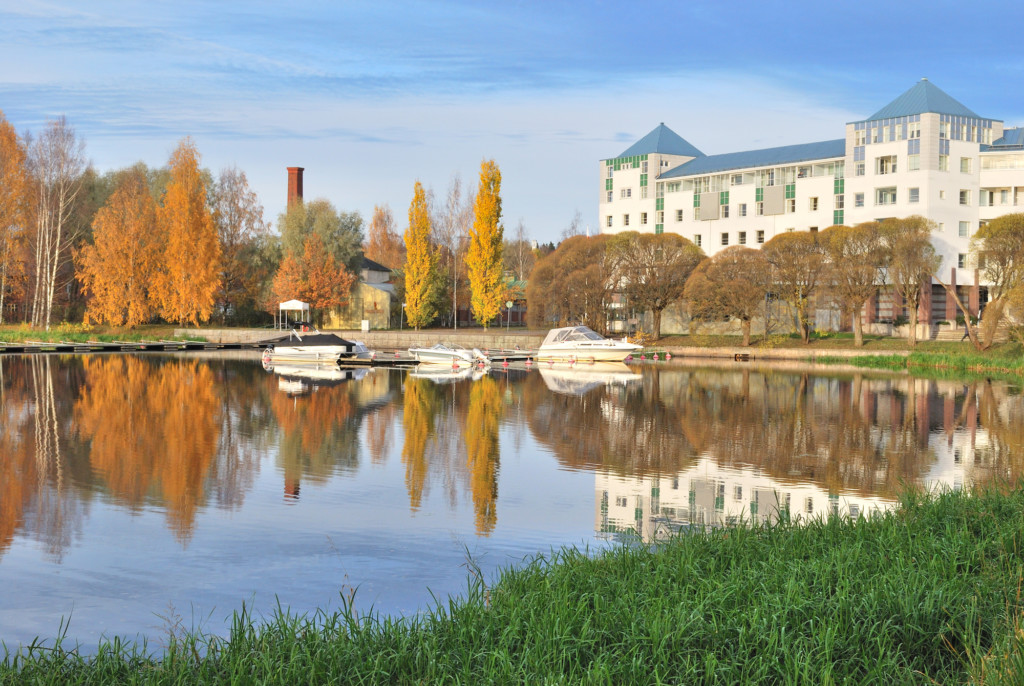
15. Vaasa
Known for its proximity to the sea, Vaasa is also one of Finland’s centers for Swedish-speaking culture. It is located in Ostrobothnia on the west coast and near the Kvarken Archipelago, Finland’s only UNESCO Natural World Heritage Site.
Vaasa is a university city with over 13 000 students studying in the many universities and universities of applied sciences located in the city. It is also home to the Vaskiluoto power station and the port of Vaasa.
The EnergyVaasa cluster of 140 companies employs 11 000 people and is responsible for a third of the energy technology exports in Finland. Living costs in Vaasa are lower than in some of the biggest cities in Finland.
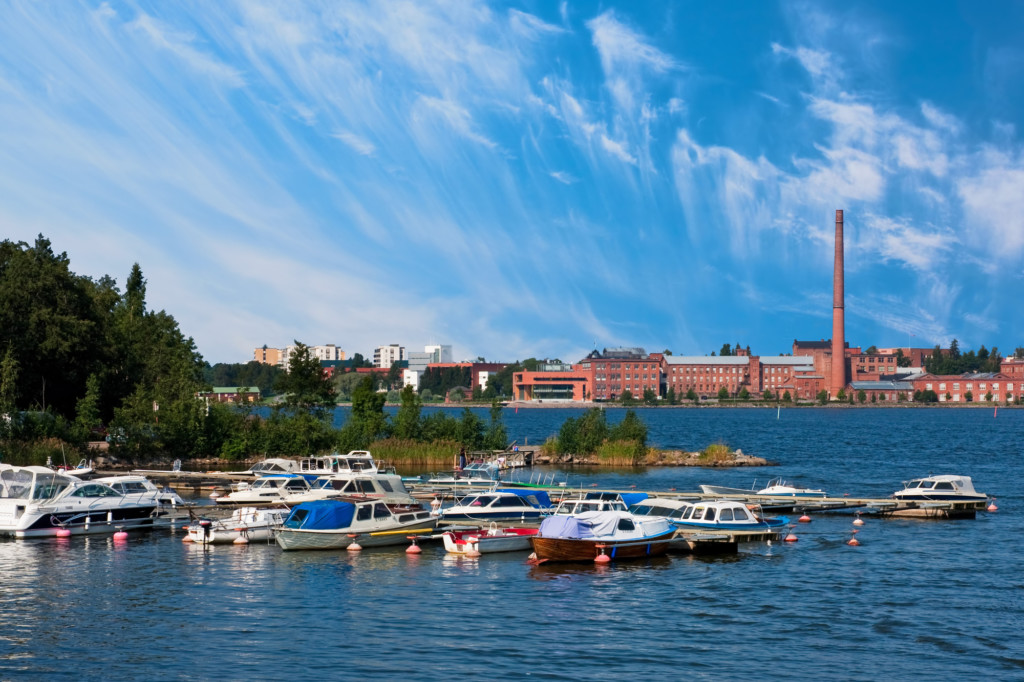
16. Seinäjoki
Located in the region of Southern Ostrobothnia, Seinäjoki is known for hosting events like Provinssirock and Tangomarkkinat music festivals. The city also has a strong architectural heritage, particularly the works of the famous Finnish architect Alvar Aalto, who designed several buildings in Seinäjoki.
The food industry is one of the nationally and internationally important industries in Seinäjoki. The city also takes part in the bioeconomy initiative. Living costs in Seinäjoki are relatively low compared to bigger cities in Finland.

17. Rovaniemi
The arctic circle starts 6 kilometers north of Rovaniemi city center. Living here takes you to the northernmost part of Finland, where you can experience Lapland, with its winters lit up by northern lights, autumn foliage, Santa, and reindeer.
One of the main draws of Rovaniemi is its proximity to the arctic and the unique nature of Lapland. The opportunities for hiking, visiting national parks, and other outdoor activities are unique in this part of the country.
Rovaniemi is one of Finland’s most important cities for tourism and offers a wide range of employment opportunities within the travel industry. Keep in mind, though, that some of these can be seasonal.
The cost of living in Rovaniemi can be surprisingly high. One study found the total costs for homeowners, including utilities, were higher than anywhere else in the country, but rents tend to be lower.

18. Mikkeli
Mikkeli is located in the region of Southern Savonia on the shore of lake Saimaa. There are over 10 000 summer cottages in the region, and Mikkeli is a popular summer destination. The city center has been extensively renewed, adding parking spaces and shopping malls and making the city more pedestrian friendly.
There is also a harbor with summer cafes and access to lake Saimaa by boat. Events like the Mikkeli music festival are organized in the summer. The largest employers in the area are schools, the retail sector, and transport companies.
There are rail and bus links to other cities in the area, as well as to Helsinki. The cost of living is relatively low compared to some bigger cities in Finland.
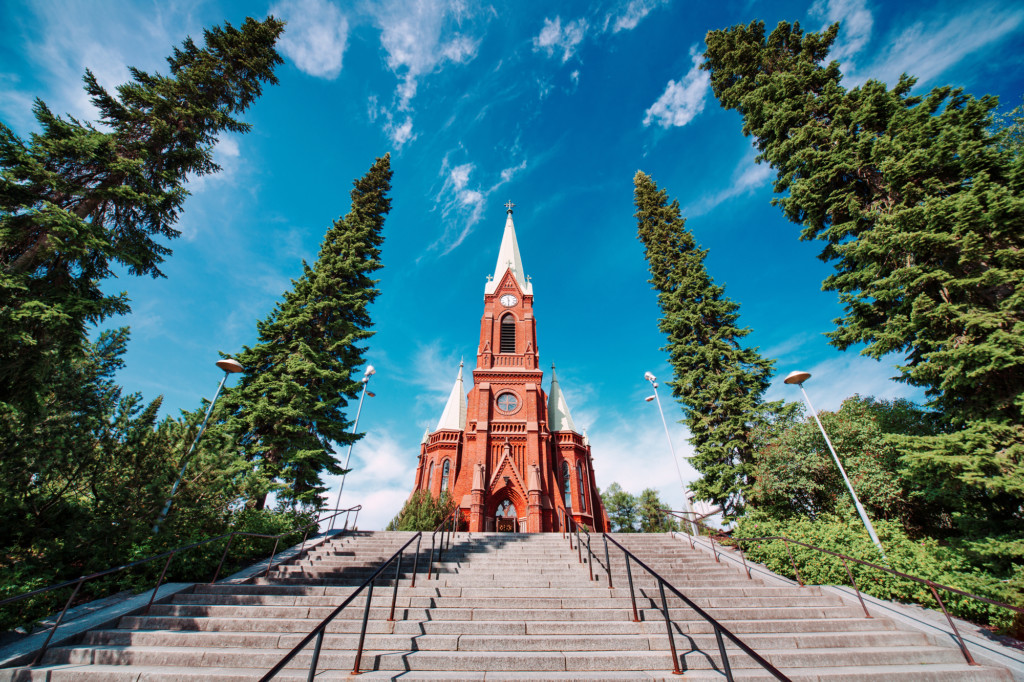
19. Salo
Salo is located just over 50 km from Turku. Residents have access to the countryside and its villages as well as the seaside and archipelago but you should think of Salo as a smaller town rather than a city.
Farming has been a significant employer around the area. Salo was also a technology hub due to factories, research, and development for Nokia and Microsoft. Both companies have closed their operations. The cost of living is low compared to many of the bigger Finnish cities.
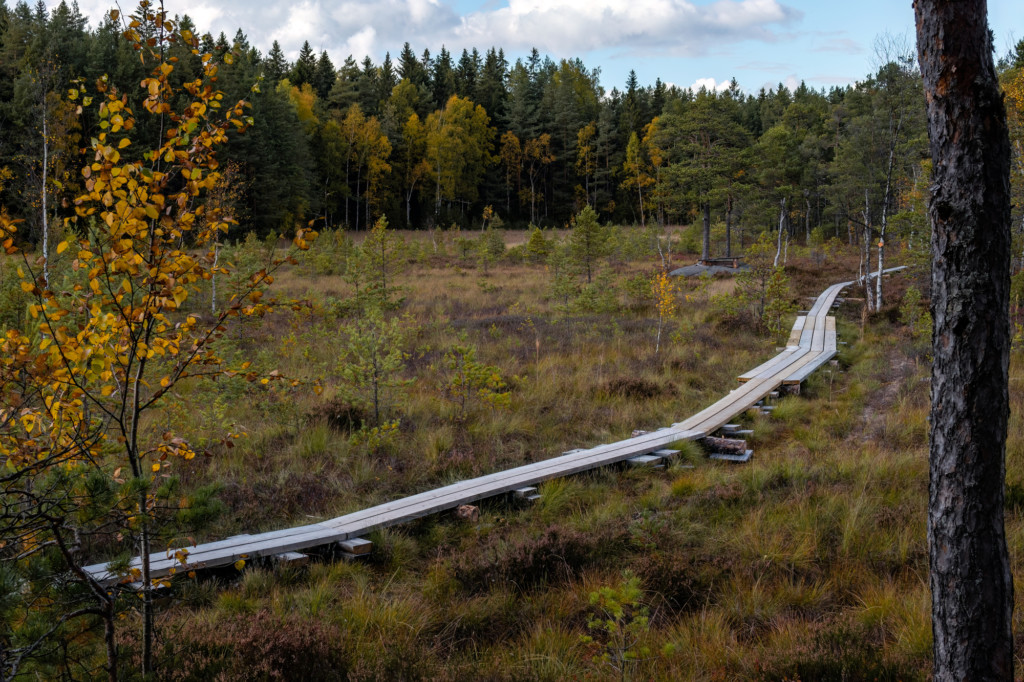
20. Porvoo
The small city of Porvoo, with a lovely old town consisting predominantly of wooden houses, is a popular tourist destination. The old railway station will only connect you to Helsinki if you take a museum train for tourists on specific dates. Connections to the capital are by bus.
Most jobs in Porvoo are in the service industry, but the region is also home to big employers like the oil refining and marketing company Neste and the nearby port of Kilpilahti. The cost of living in Porvoo is lower than in some of the biggest cities.
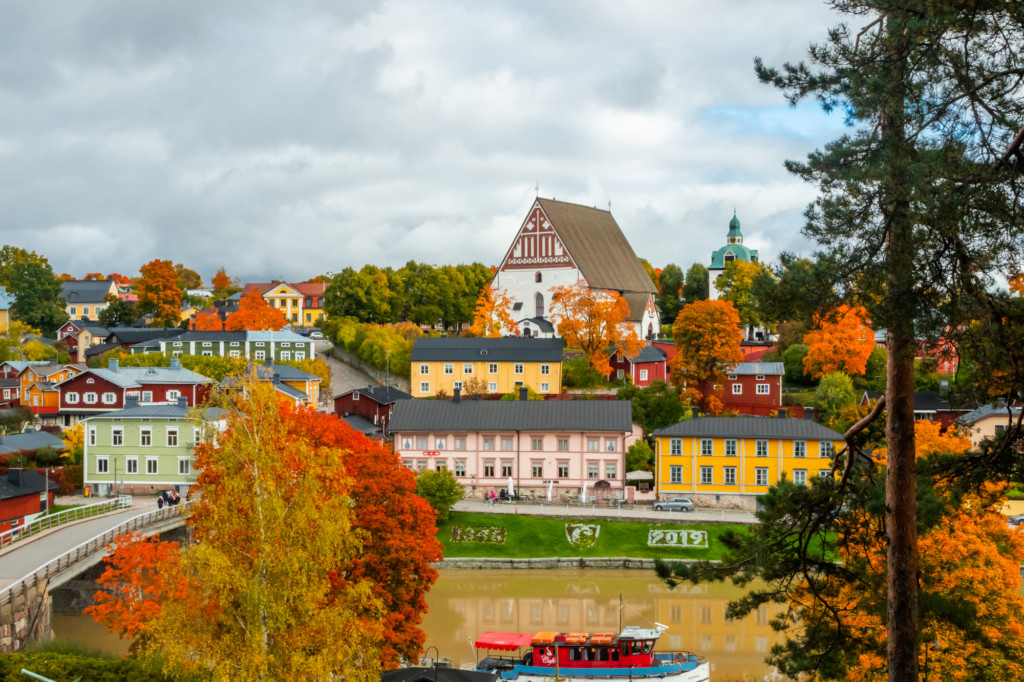
Which cities did you find interesting? Would you like to know more about some of them? I would love to hear your thoughts and questions in the comments.
Here are some other articles you might want to read for more information:
The Cutest Little River Town in Finland: Porvoo
7 Things to Do in Rovaniemi: From Lappish Cuisine to Ice Floating
Study in Helsinki in English: Local’s tips to Student Life in Finland
Job in Finland For English Speakers: Hands-on Tips
FinNISH CONNECTION COLLECTION 🇫🇮
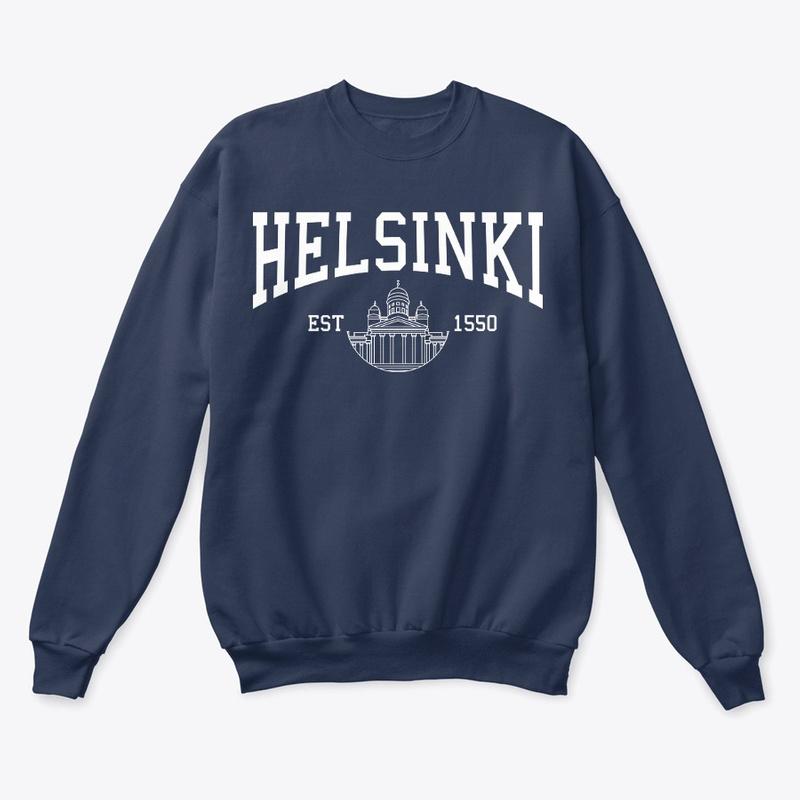
Finland-themed sweaters and accessories made-to-order. 🧡 Worldwide shipping.
References
https://fi.wikipedia.org/wiki/Luettelo_Suomen_kunnista_v%C3%A4kiluvun_mukaan
https://fi.wikipedia.org/wiki/Vaasa
https://www.saldo.com/fi-fi/blog/elinkustannukset-kaupungeittain/


Colleen
Saturday 15th of July 2023
I'm so curious - what does it mean to be "part of the future healthcare initiative" in Finland?